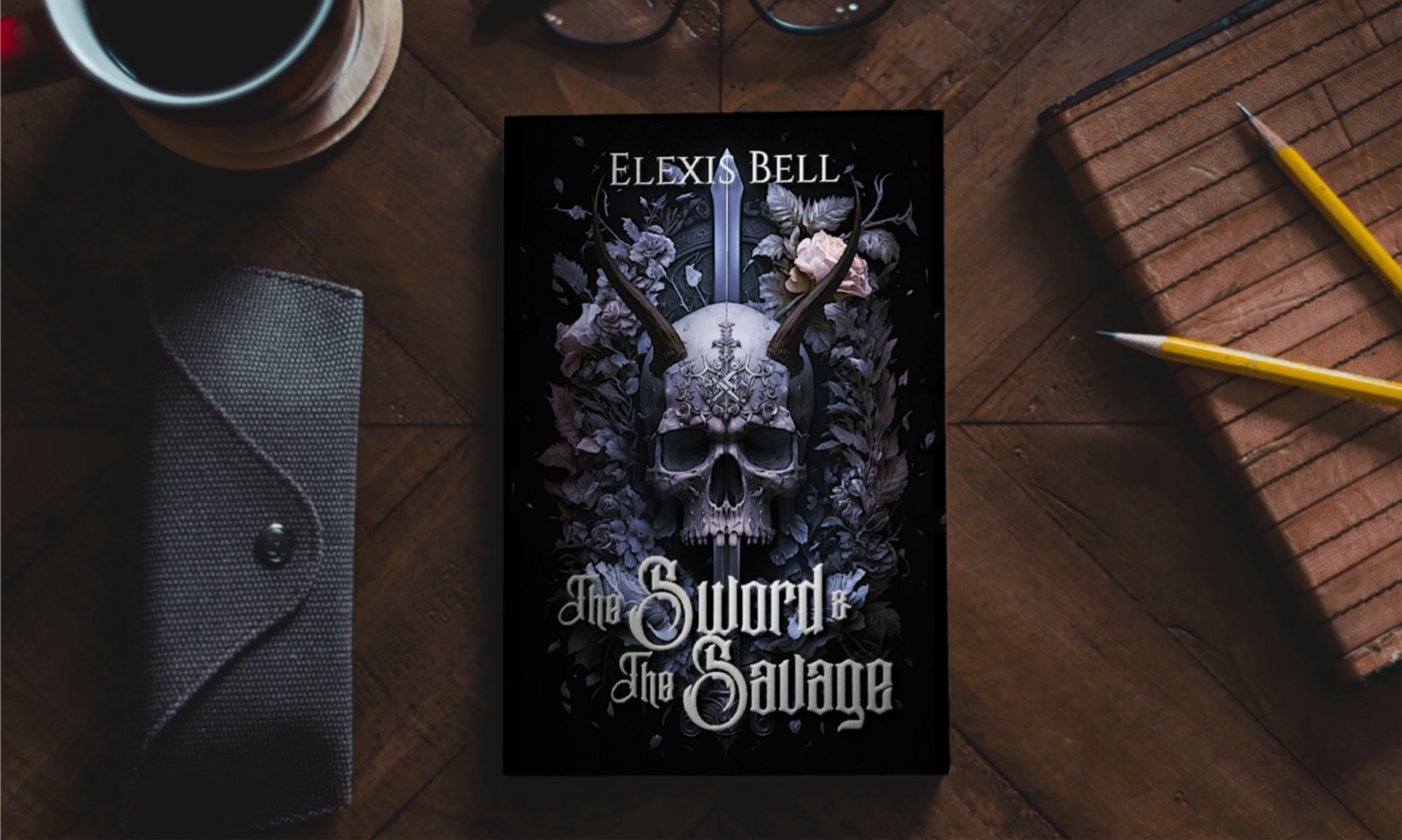For those of you tuning in for the first time, I want to reiterate. A professional graphic designer is almost always the best option for your book cover. But some budgets just don’t allow for it, and believe me, I understand that.
So, for those of you who either can’t afford a pro or just want to make your covers yourself and don’t care if it’s advised against, I want to share some tips to help you do it just a little bit better.
I also want to start by saying that I am not an expert. Just an author with a background in art who’s made some mistakes and learned from them.
Last week, we discussed typography, an incredibly important, often underestimated part of the cover, so don’t forget to check that out next. This week, we’re talking about that beauty that goes behind the words.
The artwork.
You need good artwork. High resolution images, no watermarks. (Please pay for the art if it isn’t free. Don’t steal it or crop the watermark out.)
Please do not draw something by hand and then scan it into your computer. Your hand drawn art may be beautiful, but it isn’t the best medium for a book cover.
Please don’t jump into Microsoft Paint and just draw random things.
If you don’t have extensive experience with graphic design, your best bet is to find professional artwork. There are plenty of sites with gorgeous artwork available for commercial use for little to no money, and today, I’m going to list a few resources.
Canva
Great for sourcing free and paid images and illustrations.
Free and paid versions available.
Get started here.
Pexels
Tons of free images, videos, and vectors.
Option to donate to the artist to help support them.
Get started here.
Pixabay
Tons of free images, videos, and vectors.
Option to donate to the artist to help support them.
Get started here.
Artbreeder
Great for making landscapes, portraits, people, and creatures.
Commercial use allowed because you’re the one “creating” the artwork.
Takes some playing around to learn how to properly use it.
Free and paid versions available.
Get started here.
Now, for those with a little more experience, there are renders. You can buy bits and pieces, characters, props, backgrounds, and creatures. They do have to be pieced together in photo editing software to form a full image, so it requires a bit of knowledge with graphic design to get the lighting and layering correct.
Here’s my two favorite render sites:
The Render Shop
Wide variety of renders for every genre with more available almost every day.
Diverse and inclusive characters.
Freebie Friday.
Special things available to members of their Facebook group.
Get started here.
Sleepy Fox Studios
Diverse and inclusive characters.
Get started here.
All of these are great sources for artwork. Some require work to put them together (namely the renders), but all have the potential to help you produce a good cover.
Go forth and explore. Take some time to get ideas and play around. I’ll be back next Monday with a blog about picking appropriate images for your story.
Don’t forget to check out last week’s blog here to learn about the text that goes on the cover.
If you like gritty stories with lots of character development, sign up for my newsletter here to get a free short story and stay up to date on all my books.
